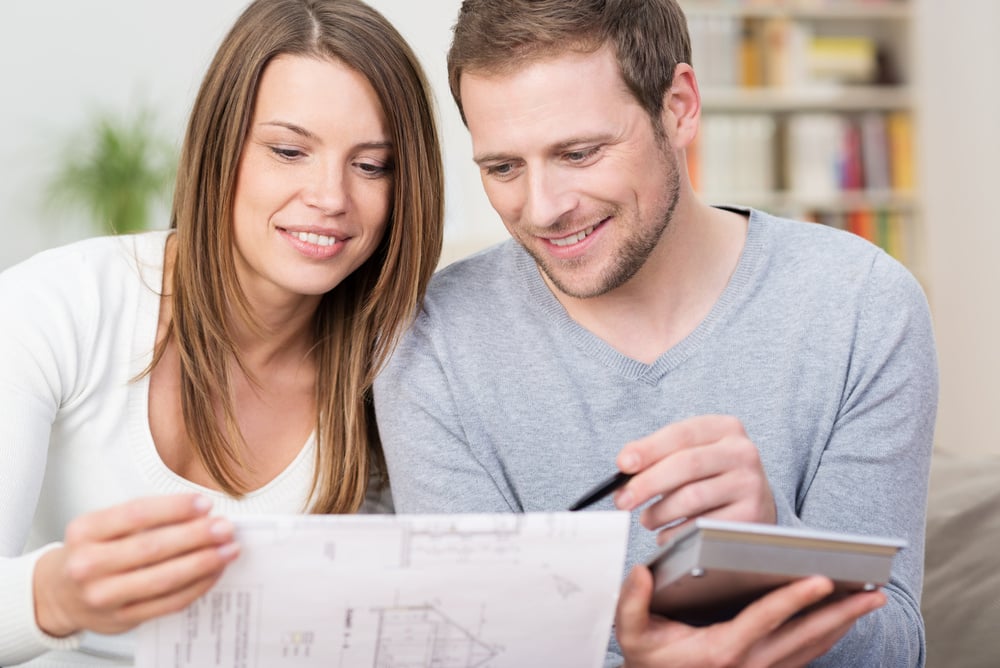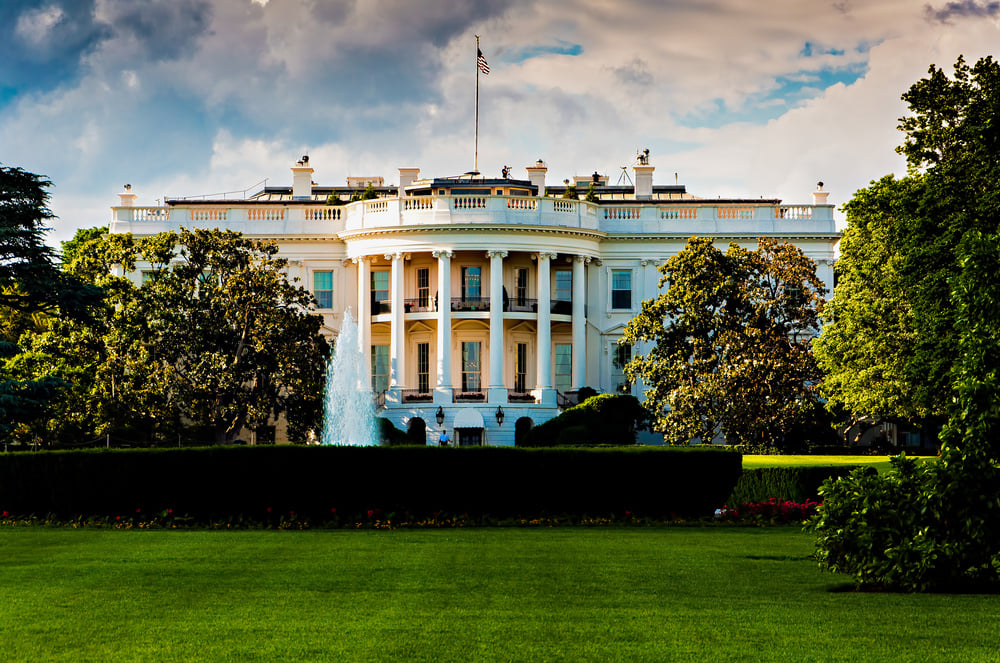How Much Does Solar Cost? The Complete Guide to Budgeting for Solar Energy
So, you’re thinking about going solar? Great choice! Solar power is one of the best ways to save on electricity bills, reduce your carbon footprint,...
7 min read
Peter Swenson : Oct 28, 2024 5:00:53 PM

If you’re considering going solar, you’ve probably heard that it’s a great way to save money and help the environment. But here’s the catch: the upfront cost of installing solar panels can be high, so choosing the right financing option can make or break your return on investment (ROI). The financing path you choose will impact not only how much you pay over time but also how much you’ll save and how quickly you’ll see a return on your solar investment.
In this guide, we’ll cover the three main ways to finance your solar system—solar loans, leases, and Power Purchase Agreements (PPAs). We’ll look at the pros and cons of each option, their impact on ownership, and how they can affect your long-term savings. By the end, you’ll have a clear understanding of which financing option might be the best fit for your financial goals, energy needs, and flexibility.
When we talk about ROI with solar panels, we’re referring to how much money you’ll save (or even earn) over time compared to what you initially invested. Solar panels typically pay for themselves over several years, with savings on your electric bill. But how quickly that happens depends heavily on how you financed your system. Choosing the right financing path is essential for maximizing your ROI and getting the most out of your solar investment.
Let’s say you own your solar system outright through a solar loan. In that case, every dollar you save on your electric bill goes directly back into your pocket after loan payments are done. However, if you go with a lease or a PPA, where you don’t actually own the system, your savings may be lower in the long run since you’re essentially “renting” the power rather than generating it yourself.
Understanding the differences between loans, leases, and PPAs—and what each option means for your budget, savings, and ownership—is the first step in making an informed decision that aligns with your financial goals.
Let’s start with solar loans, which are one of the most popular financing methods for going solar. A solar loan works much like a car or home improvement loan. It allows you to finance the full cost of your solar installation and pay it off in monthly installments over time. By choosing a loan, you still get to own your solar system, which means you can benefit from tax incentives, rebates, and other long-term savings.
Loan Amount: When you take out a solar loan, you’re borrowing the amount you need to cover the cost of your system. This includes the panels, inverter, installation fees, and sometimes even maintenance.
Monthly Payments: You’ll pay back the loan in monthly installments, including interest. The amount and length of your payments depend on the loan terms.
Ownership and Tax Benefits: With a solar loan, you own the system, so you’re eligible for any federal or state incentives, like the Investment Tax Credit (ITC), which lets you claim up to 30% of the system’s cost on your federal taxes.
Interest rates on solar loans vary widely based on your credit score, lender, and loan type. Generally, rates range from 2% to 8%. Lower interest rates mean higher long-term savings, while higher rates could extend the payback period. Here are two common types of solar loans and how interest plays into each:
Secured Loans: These loans are tied to an asset, like your home, and generally offer lower interest rates because they’re less risky for the lender. However, you could lose your home if you default on the loan.
Unsecured Loans: These loans don’t require collateral but may come with higher interest rates, increasing the overall cost of your solar system.
If you’re considering a solar loan, shop around for the best interest rate and terms that fit your budget. Remember, the lower the interest rate, the higher your savings in the long run.
If a solar loan doesn’t sound right for you, leases and Power Purchase Agreements (PPAs) offer a lower-commitment way to go solar without owning the system. With both options, a solar provider installs and maintains the system on your property, and you either pay a fixed monthly fee (lease) or pay for the electricity generated (PPA). Let’s break down the differences and benefits of each.
Lease: With a solar lease, you pay a fixed monthly fee to use the solar power generated by the system. The monthly fee doesn’t fluctuate, regardless of how much energy the system produces, which can help with budgeting.
PPA: In a Power Purchase Agreement, you pay only for the electricity the system generates, usually at a rate lower than your utility company’s rates. Your costs will vary depending on how much solar power your system produces, so savings are tied to your energy use.
Leases and PPAs typically have contract terms of 10 to 25 years. At the end of your contract, you may have the option to renew the agreement, buy the system at a reduced price, or have it removed. It’s important to understand the terms before signing because switching or upgrading may be more challenging with a lease or PPA.
When you’re deciding between financing options, a major question is whether you want to own the system (through a loan) or rent it (through a lease or PPA). Here’s a deeper look at how ownership compares to renting in terms of costs, benefits, and practical implications.
Financial Benefits: Owning the system means you’re eligible for all incentives, tax credits, and rebates, increasing your overall savings. After paying off a solar loan, you’re left with minimal monthly costs, as you’re only responsible for minor maintenance and repairs.
Added Home Value: Solar panels can increase your home’s value. Studies show that homes with owned solar systems sell at a premium compared to homes without solar.
Flexibility: Owning the system allows you to upgrade or expand as needed, especially if your energy needs change. You’re also in control of maintenance and repairs, so you can address issues as soon as they arise.
Lower Upfront Costs: With little to no upfront payment, leases and PPAs make it easy to go solar without a large initial investment. They’re ideal if you want to save money on energy bills without financing a big purchase.
Predictable Monthly Costs: Leases and PPAs come with fixed monthly payments, making it easier to budget. However, these monthly payments might increase over time if your agreement includes an escalation clause (a small yearly rate increase).
No Maintenance Responsibility: Renting a solar system means the provider takes care of all maintenance, repairs, and performance monitoring. This can be a relief if you prefer a hands-off approach.
Choosing the best financing option depends on your unique circumstances. Here are some key factors to help you make an informed choice:
High Energy Use: If your energy consumption is high, ownership might be a better choice because you’ll save more in the long run. A larger system can offset more of your electricity usage, and with ownership, you’ll maximize those savings.
Lower Energy Use: If your energy needs are minimal, a lease or PPA might be more economical. You’ll still see savings on your electric bill without the high upfront costs or commitment of ownership.
Maximizing ROI: If your goal is to maximize ROI and long-term savings, a solar loan is the way to go. After the loan is paid off, your energy savings increase significantly.
Short-Term Savings: If you’re looking for immediate savings with low commitment, a lease or PPA offers a quick solution without upfront costs. Keep in mind, though, that the long-term savings may be less than with ownership.
Homeownership Duration: If you plan to stay in your home long-term, ownership is likely the better choice because you’ll reap the benefits over many years. If you expect to move within a few years, a lease or PPA might make more sense since they’re often easier to transfer or cancel.
Future Upgrades: If you’re interested in expanding your solar system in the future, owning the system allows for more flexibility. With leases and PPAs, you’re often limited to the system size and configuration you initially agreed upon.
Choosing between a solar loan, lease, or PPA can feel overwhelming, but with the right information, you can make a decision that aligns with your budget, energy needs, and financial goals. Each financing option has its own set of advantages and considerations:
Solar Loans: Ideal if you’re focused on long-term savings and ownership benefits.
Leases and PPAs: Perfect for those who want low upfront costs, predictable monthly payments, and minimal maintenance responsibilities.
Before committing, take the time to explore each option thoroughly. Consider speaking with solar companies to get detailed estimates based on your home, energy needs, and financial situation. Remember, the right financing choice is one that helps you meet your goals, maximizes your savings, and makes going solar a truly rewarding investment.
Making the switch to solar is an incredible step toward energy independence and financial savings—just be sure to choose the financing option that sets you up for success.

So, you’re thinking about going solar? Great choice! Solar power is one of the best ways to save on electricity bills, reduce your carbon footprint,...

The solar industry is growing fast, and with it, policies, incentives, and technologies are constantly evolving. For anyone thinking about going...

When you think about going solar, you probably picture panels on your roof soaking up sunlight and turning it into electricity to power your home....